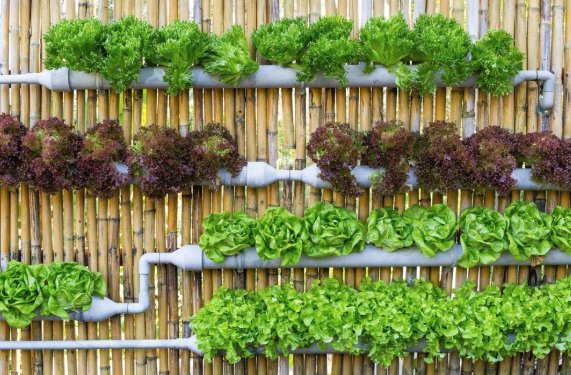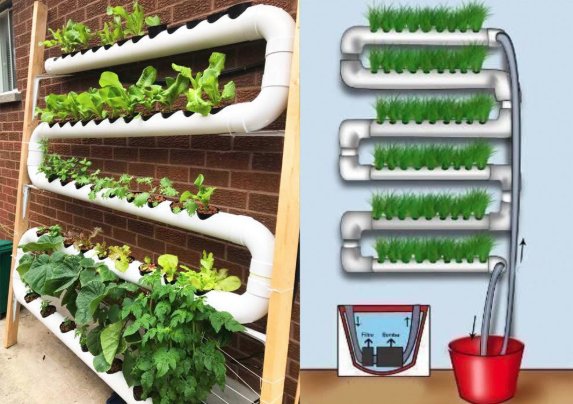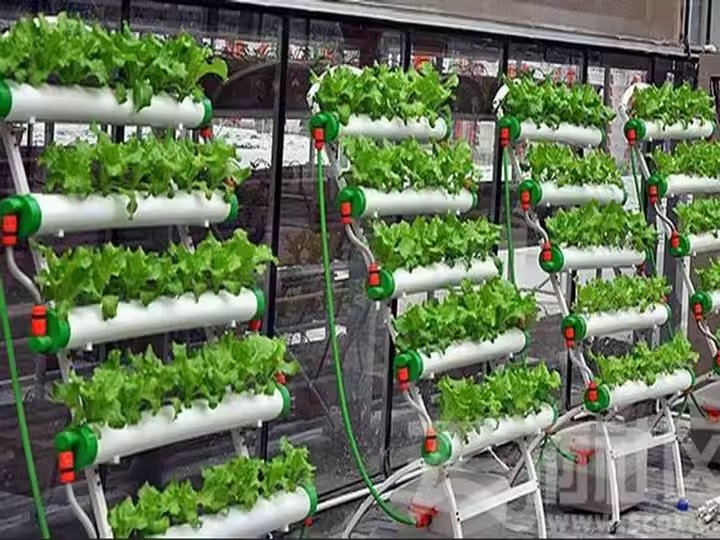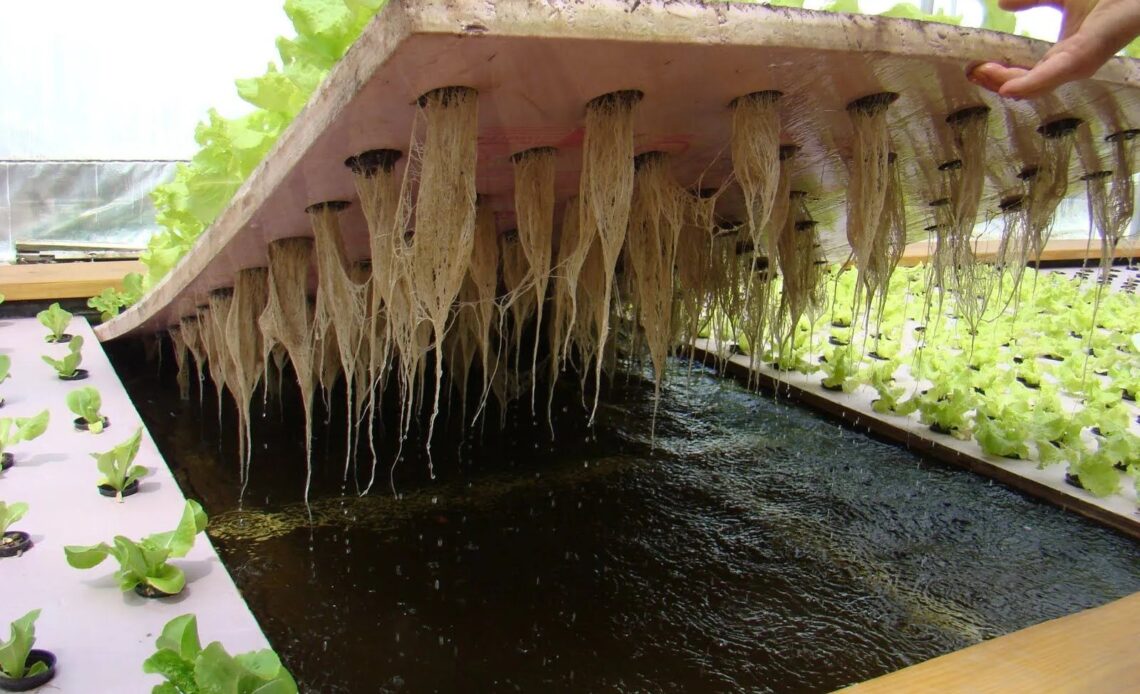**Build Your Own Hydroponic System at Home: Lush Green Vegetables, No Soil Needed**
Hydroponics, the method of growing plants without soil, is rapidly gaining popularity, particularly in urban environments where space is limited. Building your own hydroponic system at home is not only a fascinating DIY project but also provides a fresh, safe source of vegetables for your family. This article will guide you step by step through creating an efficient hydroponic system, from selecting the right system type to caring for your plants.

**Why Build a Hydroponic System?**
– **Space Efficiency:** Hydroponics allows for vertical growing, maximizing space utilization.
– **Water Conservation:** Hydroponic systems use significantly less water than traditional soil-based gardening.
– **Nutrient Control:** You can precisely control the nutrients supplied to your plants, ensuring optimal growth.

– **Clean and Safe Produce:** Avoid the pests, diseases, and weeds associated with soil gardening.
– **Increased Yields:** Hydroponics often results in faster growth and higher yields.
**Popular Types of Hydroponic Systems:**
– **NFT (Nutrient Film Technique):** A continuous flow of nutrient-rich water passes over the plant roots.
– **DWC (Deep Water Culture):** Plant roots are suspended in a nutrient solution.
– **Drip System:** Nutrient solution is dripped directly onto the plant roots.
– **Ebb and Flow System:** The plant roots are periodically flooded with nutrient solution.
**Steps to Build Your Hydroponic System:**

1. **Choose the Right System:**
– Consider the types of plants you want to grow.
– Assess your available space and budget.
– Select a system that suits your conditions.
2. **Gather Your Materials:**
– PVC pipes or plastic containers.
– Water pump.
– Reservoir for nutrient solution.
– Growing medium (coco coir, clay pebbles, etc.).
– Hydroponic nutrient solution.
– Grow lights (if needed).
3. **Assemble the System:**
– Cut the PVC pipes to the desired lengths.
– Drill holes in the pipes for the plant containers.
– Assemble the water circulation system and pump.
– Prepare the nutrient solution according to the instructions.
– Place the seedlings into the growing medium and position them in the system.

4. **Plant Care:**
– Regularly monitor and adjust the pH and EC levels of the nutrient solution.
– Ensure adequate light for your plants.
– Change the nutrient solution periodically.
– Monitor for and prevent pests and diseases.
**Tips for a Successful Hydroponic System:**
– **Choose Suitable Plants:** Leafy greens like lettuce, spinach, and herbs thrive in hydroponic systems.
– **Provide Adequate Light:** Light is crucial for plant growth. Use grow lights if natural light is insufficient.
– **Maintain Nutrient Balance:** Use high-quality hydroponic nutrient solutions and adjust the concentrations as needed.
– **Maintain Stable pH:** The ideal pH range for most hydroponic plants is between 5.5 and 6.5.
– **Keep the System Clean:** Regularly clean the system to prevent algae and bacterial growth.
**Benefits of Growing Hydroponic Vegetables:**
– **Healthy and Safe Produce:** Grow without pesticides, ensuring a healthy food source.
– **Time Savings:** Eliminate the need for soil preparation, weeding, and frequent watering.
– **High Yields:** Plants grow faster and produce more than in traditional gardening.
– **Enjoyable Hobby:** Grow your own food and create a green space in your home.
Building a hydroponic system at home is a rewarding and productive project. With the detailed instructions above, you can create a thriving garden that provides fresh, healthy vegetables for your family.
